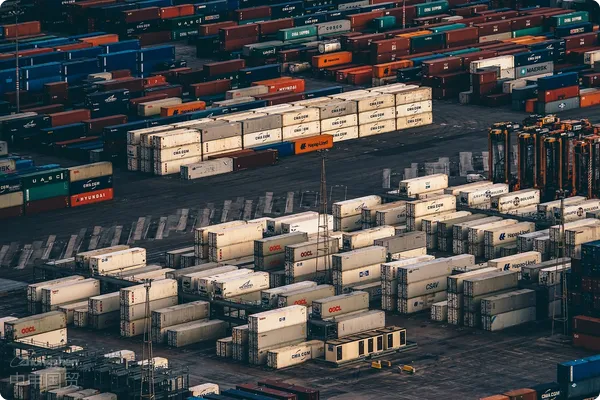- Shanghai Zhongshen International Trade Co., Ltd. - Two decades of trade agency expertise.
- Service Hotline: 139 1787 2118

Enlightenment of the layout of the Japanese semiconductor industry to importers
As of 2025, Japan still accounts for 38% of the global semiconductor equipment market. Enterprises such as Tokyo Electron and Disco continue to export advanced packaging equipment and wafer cutting technology. However, Chinese importers often overlook the uniqueThree principles of technology export:
- threshold limits of equipment parameters in Japan (equipment with a manufacturing process below 10nm requires special permission).
- Verification mechanism for the authenticity of the end - use statement
- Control over the secondary transfer of accessory parts
Five key control points in the import process
Taking the import case of a Jiangsu wafer factory in 2024 as an example, professional agency services can shorten the customs - clearance time by 30%.
- Resolution of pre - classification disputes
- Determination differences between HS code 8486.40 and 8543.70
- The balance between customs valuation and transfer pricing
- to help enterprises reduce
- Comparison of the daily average cost of temperature - controlled containers (Maritime Transportation$120 vsAir Transportation$850)
- JIS Z 0232 Standard Certification for shock - proof packaging
Strategies for coping with new compliance regulations in 2025
The latest revised Foreign Exchange Law Enforcement Ordinance by the Ministry of Economy, Trade and Industry of Japan requires:
- Changes in the equipment usage site need to be reported within 15 working days.
- For the import of spare parts for maintenance, a commitment letter of destruction from the original manufacturer needs to be provided.
- The process parameter acquisition system needs to be installed with a data isolation device.
Typical risk scenarios and avoidance plans
A Shenzhen - based enterprise had its goods detained by the customs for failing to declare the accessory controller:
- Hidden tariff costs
- Scope of application of anti - dumping duty (specific etcher models)
- Time - window management of value - added tax credit refund
- The EUs new Battery Law (2023) requires importers to provide a carbon footprint statement
- Skills to compress the JQA certification cycle from the conventional 45 days to 28 days
- Mutual recognition mechanism of electromagnetic compatibility test reports
Quantitative analysis of agency service value
Comparison of economic indicators between independent import and professional agency:
- The probability of port - staying fees occurring is reduced by 72%.
- The success rate of resolving customs - duty disputes is increased by 58%.
- The risk of equipment debugging delays is decreased by 41%.
As the equipment renewal cycle of the Japanese semiconductor industry approaches in 2025, masteringOriginal manufacturer traceability managementandPre - ruling on customs classificationsuch as core capabilities offoreign tradeAgency is becoming an enterprises way to break through technological blockade and achieveEquipment ImportsA key partner for maximizing benefits.
Related Recommendations
? 2025. All Rights Reserved. Shanghai ICP No. 2023007705-2  PSB Record: Shanghai No.31011502009912
PSB Record: Shanghai No.31011502009912










